On March 19, 2009, the Ainsworth Community Water Users (the complainants) submitted a complaint about Meadow Creek Cedar Ltd. (the licensee) and its site plans for cutting permit 281 in the Princess Creek watershed. The complainants were concerned with the licensee’s interpretation of, and approach to, managing impacts to domestic watersheds as stipulated by the Kootenay Boundary Higher Level Plan Order. The complainants do not own or use water intakes on Princess Creek.
On October 6, 2008, the Concerned Carter Creek Water Users submitted a complaint about proposed forest development on Woodlot 491, located near Argenta in the Kootenay Lake Forest District. WL 491 includes a portion of the Carter Creek watershed.
The complainant asserted that effective communication between the water users, the woodlot licensee and the Ministry of Forests and Range had broken down and, despite a request to the licensee to do so, the licensee did not notify the complainant of the application or issuance of a road permit for the woodlot. The complainant also believes that the licensee did not adequately consider professional assessments when planning its forestry activities, specifically the potential impact of road construction and harvesting on the hydrology of the Carter Creek watershed.
In 2007, a wildfire burned in the Sitkum Creek Watershed, near Nelson. The Ministry of Forests and Range (MFR) has approved salvage harvesting of fire-damaged timber in the watershed, to begin in late May 2009. The salvage harvesting is aimed at recovering damaged timber, but is also to address conditions that could lead to a spruce bark beetle outbreak.
In February 2009, the Forest Practices Board received a complaint from a resident of the Sitkum Creek alluvial fan – an area prone to debris flooding. The complainant believes that the MFR has not sufficiently taken into account the increased risk to life, property and water quality created by the fire and posed by the proposed salvage logging. When faced with the prospect of salvage harvesting, the complainant would rather accept the potential consequences of a possible spruce bark beetle infestation than any additional risk posed by harvesting. In addition, the complainant is not convinced that there is a strong, scientific rationale for harvesting to address the spruce bark beetle.
The district manager believes that, if nothing is done about the beetle infestation, the risk to downstream resources may eventually be greater than the risk associated with salvage harvesting the cutblock.
The North Canyon Improvement District submitted a complaint to the Forest Practices Board on March 16, 2009. The complainant said that the local community forest agreement holder, Creston Valley Forest Corporation (the licensee):
The complainant was also concerned that the Forest Planning and Practices Regulation under the Forest and Range Practices Act does not protect the complainant from risk and liability should logging activities result in an adverse impact to its water source.
In summer 2008, the Forest Practices Board conducted a compliance audit of forest planning and practices of the Creston Valley Forest Corporation (CVFC) in the Kootenay Lake Forest District.
The audit examined planning, field activities and obligations in the areas of: operational planning (including forest stewardship plans and site plans, where applicable); timber harvesting; road construction and maintenance; silviculture; and fire protection.
These activities were assessed for compliance with the Forest and Range Practices Act, the Wildfire Act and related regulations, as well as certain transitional elements of the Forest Practices Code of British Columbia Act. All activities, planning and obligations for the period June 1, 2007, to June 10, 2008, were included in the scope of the audit.
